People use the term “Blackbird” for two different families of birds. The “Old World” Blackbirds of the Turdidae family live in Eurasia, Africa, Australia, and the surrounding islands. The “New World” Blackbirds of the Icteridae family live in the Americas.
For our purposes, we will focus this article on the “New World” Blackbirds in the Icteridae family. Read on to learn about the Blackbird.
Description of the Blackbird
Like their name suggests, these birds normally have predominantly black plumage, or feathers. Some also have areas with red, white, yellow, and more. With over 26 different species in the family, there is plenty of variation between individuals.
In more colorful species, females are usually duller than males. Most of these birds are about 8 in. long, but they range in size. Their weight also ranges between 1 and 4 oz., and some species weigh more than others.
Interesting Facts About the Blackbird
There are many different species of Blackbird, and they come in a variety of colors! Learn about some individual species below.
- Red-Winged Blackbird – Their name really says it all. Red-wings are black birds with – you guessed it – red wings. The red feathers in their plumage grow on their shoulders rather than the entire wing. On the other hand, females are neither black, nor red-winged, but mottled brown.
- Rusty Blackbird – Rusty Blackbirds are another species that have a fitting name. However, unlike Red-Wings, Rustys only have rusty-colored plumage during the wintertime. In winter, males look like they have a thick layer of rust across their head, chest, and back.
- Yellow-Headed Blackbird – Staying on trend, we move to the Yellow-Headed Blackbird. As with the previous species, the Yellow-Head has a bright yellow head and chest! Unlike the other species, the female also has a yellow head, though the yellow is not as bright, and covers a smaller area.
- Brewer’s Blackbird – This species is your “typical” Blackbird. Its plumage is uniform black, with an iridescent sheen that appears blue-green in the light. These common birds live across much of North America, and despite their name, these typically birds prefer eating insects to crops.
Habitat of the Blackbird
The various Blackbird species live throughout a wide range of different habitats. Some of the different ecosystems that they inhabit include forests, bogs, wetlands, swamps, woodlands, meadows, scrubland, grasslands, and more.
Many species prefer living in semi-aquatic habitats, like swamps, wetlands, and flooded meadows or fields. Several different species also thrive in areas where humans live, including farms, pastures, parks, backyards, gardens, and cities. The specific habitat preference of each species varies, but most of these birds are relatively flexible and live in a variety of different ecosystems.
Distribution of the Blackbird
New World species lives across North, Central, and South America. There are also non-related Blackbirds throughout Eurasia, Africa, and Australia. Those birds in the Icteridae family live from Canada, throughout the United States and Mexico, into Central and South America.
Different species have different ranges and distributions. Some migrate seasonally, others live in the same place year-round, and others do both depending on what region they live in.
Diet of the Blackbird
Most of these birds are omnivores, which means that they eat both plants and animals. Because they are relatively small, they generally feed on insects and other invertebrates, though some species feed on small reptiles and amphibians.
They eat a variety of seeds, berries, grains, fruits, and more. These birds also hunt for flies, spiders, grasshoppers, ants, beetles, worms, and more. Each species has different dietary preferences, and many eat just about anything that they can swallow.
Blackbird and Human Interaction
Humans impact different Blackbird species in different ways. Some are incredibly abundant and common, while others have experienced sharp population declines.
These birds face various threats, but some of the most pressing are habitat destruction, intentional harm to protect crops, pesticides, insecticides, and more. We impact each species in different fashions and at different severities, though many face similar dangers.
Domestication
Humans have not domesticated Blackbirds in any way.
Does the Blackbird Make a Good Pet
No, these birds do not make good pets. Even though many species are quite pretty to look at, and are relatively small, they are wild birds. Under the Migratory Bird Treaty Act, it is illegal to harm, harass, capture, or kill many species of Blackbirds.
Blackbird Care
In zoos, Blackbirds require similar care to other songbirds. Their enclosures are quite large, and give them plenty of space to exercise and forage for food. Some live in aviary-style enclosures, with trees and shrubs growing in them and a variety of other species living alongside them.
Social species live in flocks with others of their kind. Zookeepers feed them a variety of insects, seeds, berries, nuts, fruits, and pelleted bird feed.
Behavior of the Blackbird
These birds are diurnal, or active during the day. Many species are social, and outside of the breeding season they live in flocks with other Blackbirds. Some species even interact and forage with other songbirds, like grackles, starlings, cowbirds, and more.
While in flocks, several individuals take over guard duty. They perch up high, and if they spot a predator they sound an alarm call to alert the rest of the flock.
Reproduction of the Blackbird
Even though there are many different species, Blackbirds have relatively similar reproductive rates. Their reproductive behavior, including courtship dances or songs, does vary from species to species. Some species breed in large colonies with other pairs.
Most females lay between three and five eggs per clutch. The incubation period usually lasts around two weeks, and the young are completely helpless and naked at hatching. It takes just two weeks for most hatchlings to begin learning to fly, and they gain their independence soon after.

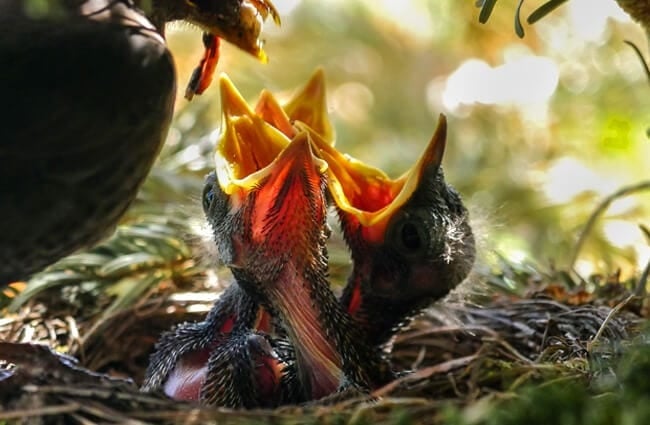



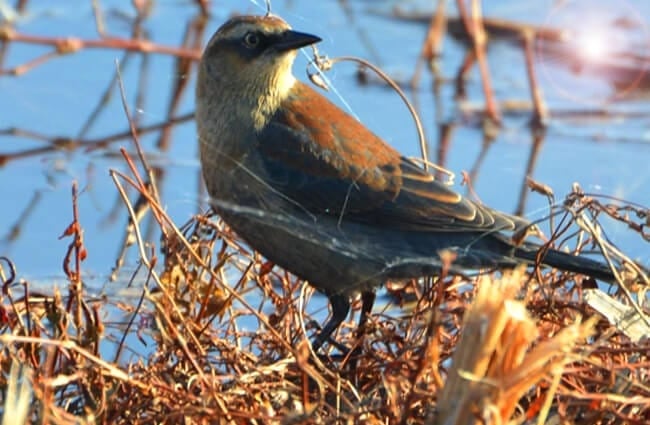
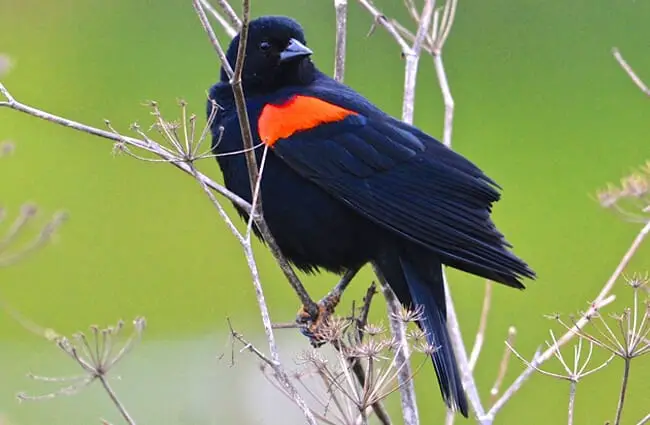
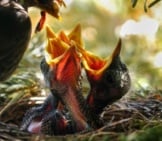
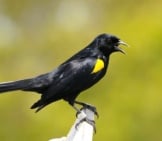
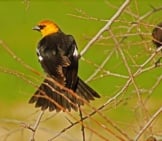



![Red Angus Closeup of a beautiful Red Angus cowPhoto by: U.S. Department of Agriculture [pubic domain]https://creativecommons.org/licenses/by/2.0/](https://animals.net/wp-content/uploads/2020/03/Red-Angus-4-238x178.jpg)




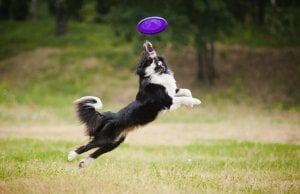

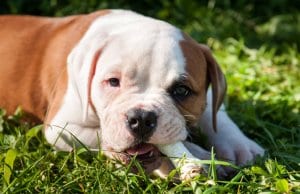



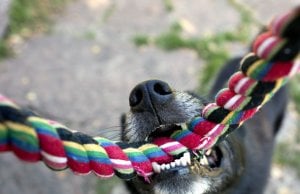

![Red Angus Closeup of a beautiful Red Angus cowPhoto by: U.S. Department of Agriculture [pubic domain]https://creativecommons.org/licenses/by/2.0/](https://animals.net/wp-content/uploads/2020/03/Red-Angus-4-100x75.jpg)

